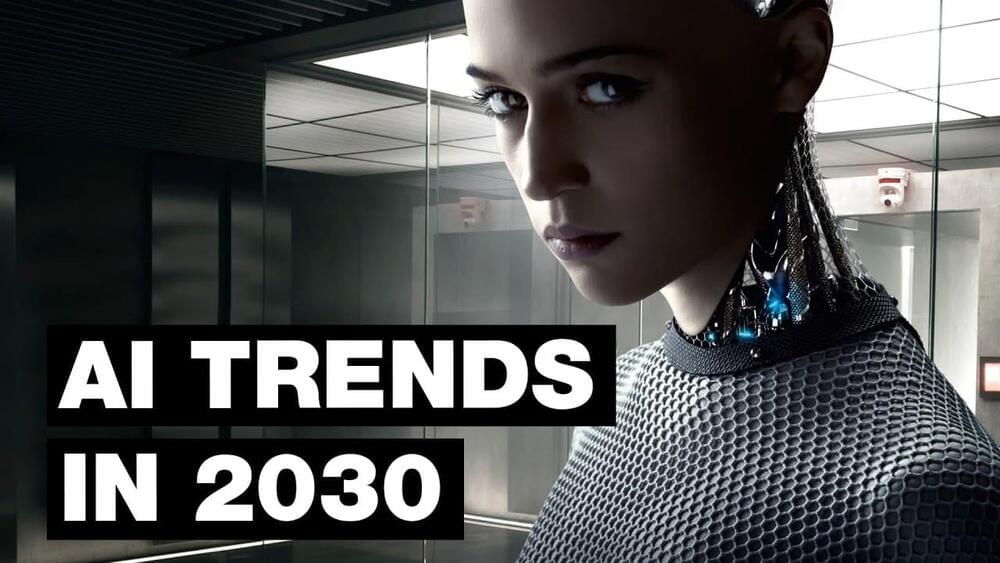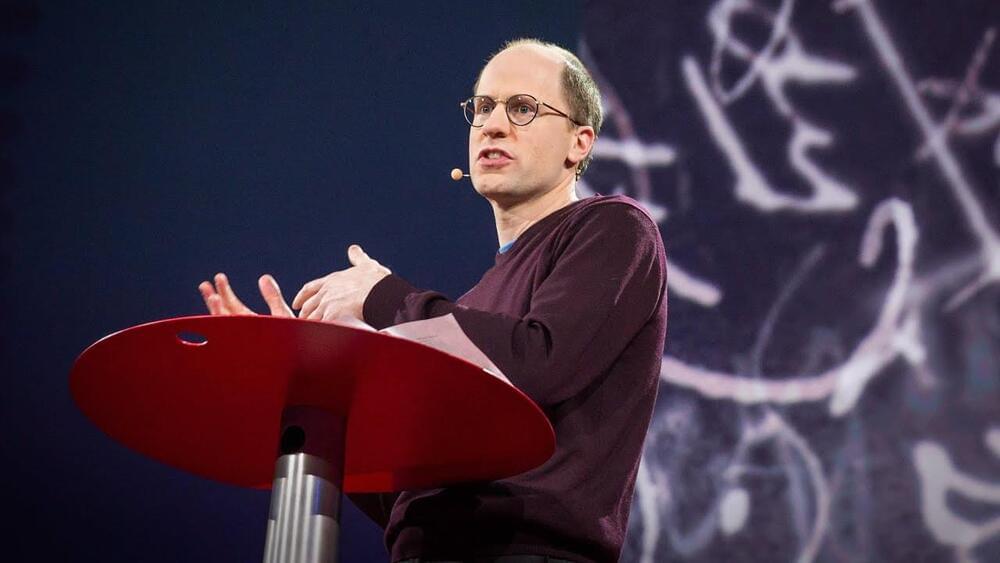Jan 27, 2022
The Evidence for Life on Mars Is Getting Stronger and Stronger
Posted by Dirk Schulze-Makuch in categories: alien life, habitats
Gale crater on mars, a haven for life?
Light Carbon, Organic Molecules, and Habitats with Liquid Water.
Gale crater on mars, a haven for life?
Light Carbon, Organic Molecules, and Habitats with Liquid Water.
A group of genes that play an essential role in building components of our cells can also impact human lifespan, finds a new study led by UCL researchers. The genes have previously been found to extend lifespan in small organisms, such as making fruit flies live 10% longer, but this is the first.
MIT physicists have discovered a new quantum bit, or “qubit,” in the form of vibrating pairs of atoms known as fermions. They found that when pairs of fermions are chilled and trapped in an optical lattice, the particles can exist simultaneously in two states—a weird quantum phenomenon known as superposition. In this case, the atoms held a superposition of two vibrational states, in which the pair wobbled against each other while also swinging in sync, at the same time.
A neural network identified a majority of anonymous mobile phone service subscribers using details about their weekly social interactions.

Human like robots for lonely old men.
This video covers 10 artificial intelligence trends that will exist in 2030.
► Jarvis AI: Write 5x Faster With Artificial Intelligence: https://bit.ly/3HbfvhO
► BlockFi: Get Up To $250 In Bitcoin: https://bit.ly/3rPOf1V
► M1 Finance: Open A Roth IRA And Get Up To $500: https://bit.ly/3KHZvq0
► Udacity: 75% Off All Courses (Biggest Discount Ever): https://bit.ly/3j9pIRZ
► Business Ideas Academy: Start A Business You Love: https://bit.ly/3KI7B1S
Continue reading “⏩ Artificial Intelligence in 2030: 10 Future Trends” »

This video covers the world in 2060 and its future technologies. Watch this next video about the world in 2070: https://bit.ly/3nYXvjf.
► BlockFi: Get Up To $250 In Bitcoin: https://bit.ly/3rPOf1V
► Jarvis AI: Write 5x Faster With Artificial Intelligence: https://bit.ly/3HbfvhO
► M1 Finance: Open A Roth IRA And Get Up To $500: https://bit.ly/3KHZvq0
► Udacity: 75% Off All Courses (Biggest Discount Ever): https://bit.ly/3j9pIRZ
► Business Ideas Academy: Start A Business You Love: https://bit.ly/3KI7B1S
SOURCES:
• https://www.futuretimeline.net.
• The Future of Humanity (Michio Kaku): https://amzn.to/3Gz8ffA
• The Singularity Is Near: When Humans Transcend Biology (Ray Kurzweil): https://amzn.to/3ftOhXI
• Physics of the Future (Michio Kaku): https://amzn.to/33NP7f7
• https://www.zmescience.com/other/pieces/what-nanorobotics-is-08052021/
Continue reading “The World in 2060: Top 9 Future Technologies” »

Artificial intelligence is getting smarter by leaps and bounds — within this century, research suggests, a computer AI could be as “smart” as a human being. And then, says Nick Bostrom, it will overtake us: “Machine intelligence is the last invention that humanity will ever need to make.” A philosopher and technologist, Bostrom asks us to think hard about the world we’re building right now, driven by thinking machines. Will our smart machines help to preserve humanity and our values — or will they have values of their own?
TEDTalks is a daily video podcast of the best talks and performances from the TED Conference, where the world’s leading thinkers and doers give the talk of their lives in 18 minutes (or less). Look for talks on Technology, Entertainment and Design — plus science, business, global issues, the arts and much more.
Find closed captions and translated subtitles in many languages at http://www.ted.com/translate.
Continue reading “What happens when our computers get smarter than we are? | Nick Bostrom” »
The RVFL was used in combination with four different techniques: the Jellyfish Search Algorithm (JFSA); the Artificial Ecosystem-based Optimization (AEO); the Manta Ray Foraging Optimization (MRFO) model; and the Sine Cosine Algorithm (SCA). Through the four models, the academics assessed the PV-fed current, the cooling power, the average air chamber temperature, and the coefficient of performance (COP) of a PV-powered STEACS for air conditioning of a 1m3 test chamber under diversified cooling loads varying from 65 to 260W.
The system was built with six solar panels, an air duct system, four batteries, a charge controller, TECs, an inverter, heat sinks, a test chamber, and condenser fans. “The TECs were mainly connected with the air duct arrangement and placed close to each other [and] were placed between the air duct and heat sinks,” the researchers explained. “When direct PV current was fed to TECs arranged on the sheet of the air duct system, one face [became] cold, defined as a cold air duct, and another side [became] hot, called “hot air.” The air ducts were composed of an acrylic enclosure wrapped with a protection sheet.”
A 100kW/1.5MWh zinc-air battery will be installed in Queens, New York, in combination with a combined heat and power system and a PV array. The pilot project is intended to demonstrate the long-duration energy storage capability of the zinc-air battery.

Reimagining the United States power grid could save consumers $50 billion a year Courtesy of Pacific Northwest National Laboratory. By Karyn Hede, PNNL
A novel plan that offers partnership in keeping the United States electric grid stable and reliable could be a win-win for consumers and utility operators.
Continue reading “How A Smart Electric Grid Will Power Our Future” »
A research team led by scientists from City University of Hong Kong (CityU) has recently designed a structured thermal armor (STA) that achieves efficient liquid cooling even over 1,000°C, fundamentally solving a 266-year-old challenge presented by the Leidenfrost effect. This breakthrough can be applied in aero and space engines, as well as improve the safety and reliability of next-generation nuclear reactors.
The research has been led by Professor Wang Zuankai from CityU’s Department of Mechanical Engineering (MNE), Professor David Quéré from the PSL Research University, France, and Professor Yu Jihong, Director of the International Center of Future Science, Jilin University and Senior Fellow of the Hong Kong Institute for Advanced Study at CityU.
The findings were published in the latest issue of the highly prestigious scientific journal Nature.
